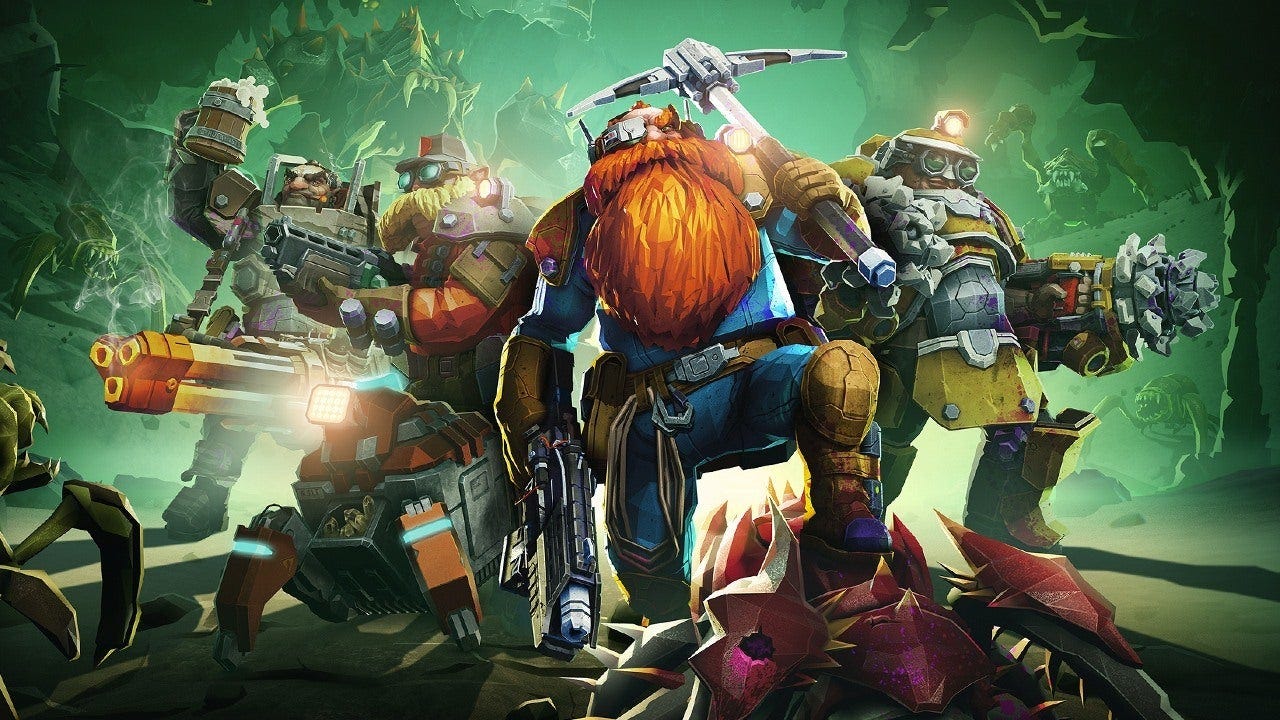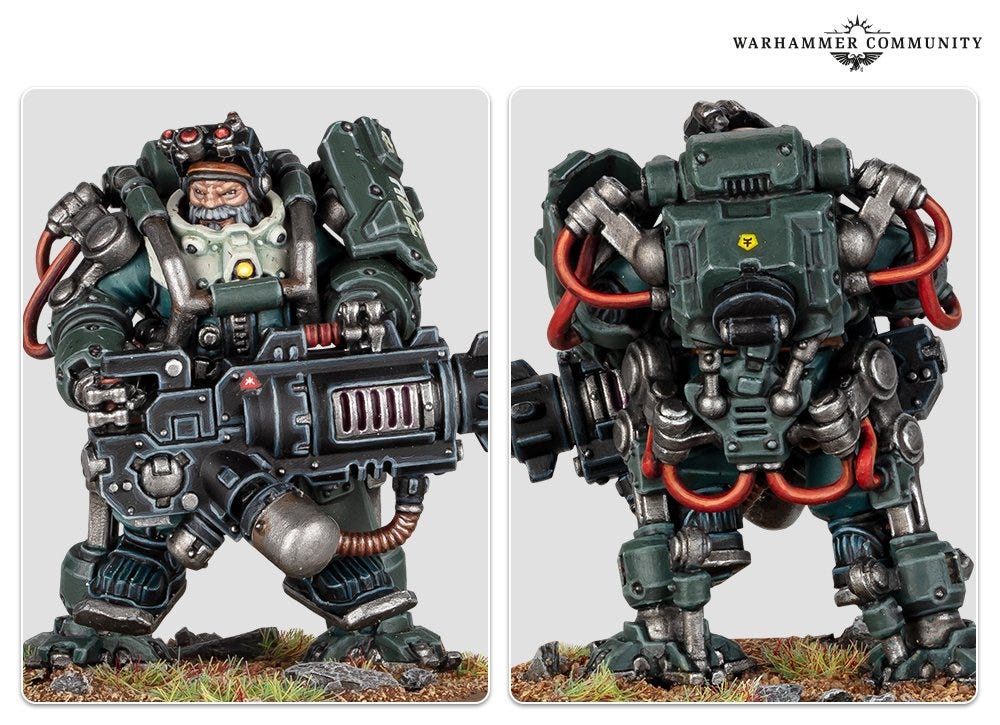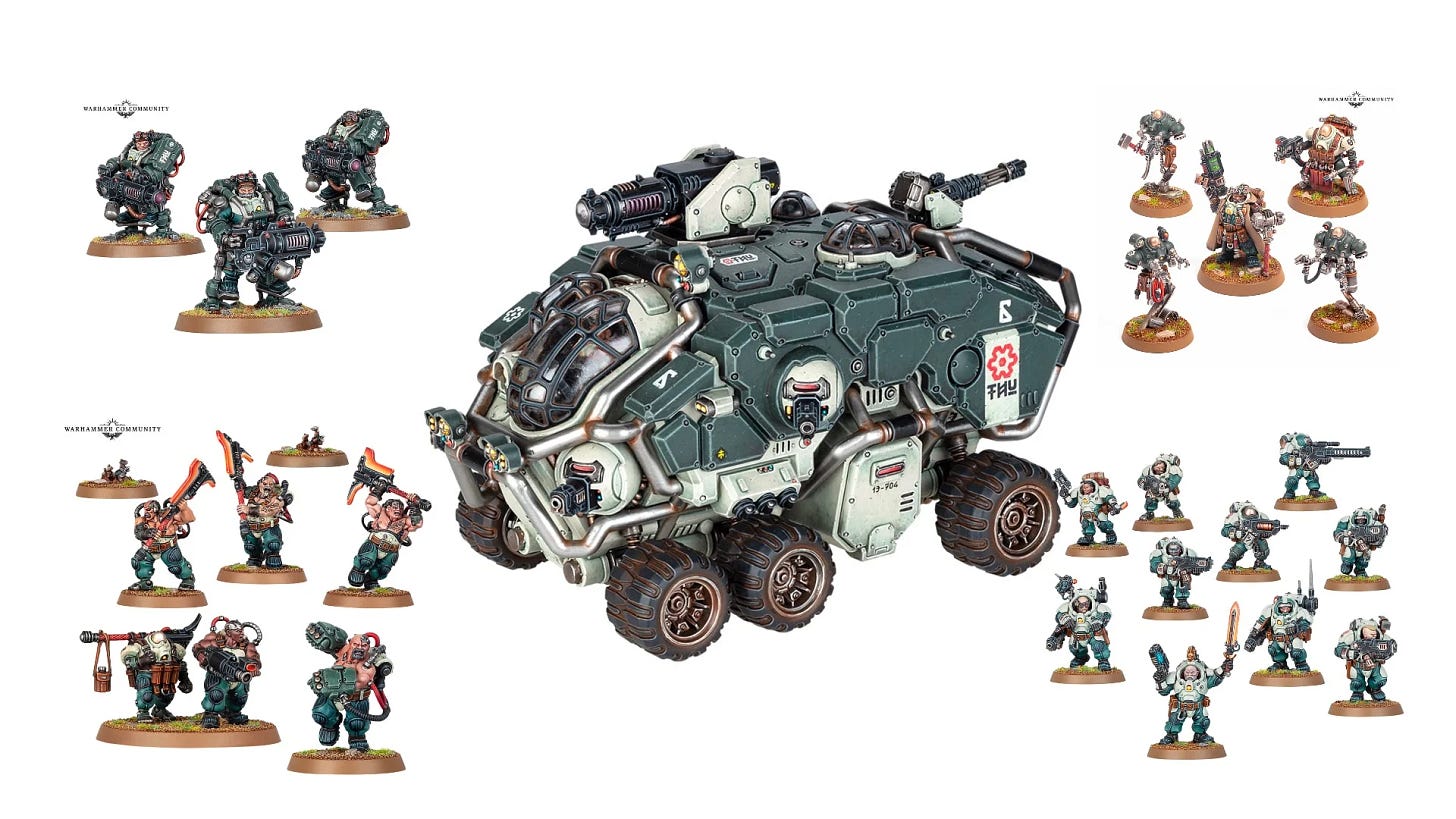Book Review: The High Kahl's Oath
There are many angles with which to judge how well or poorly written a novel is. Foremost among these are: setting, plot, and prose. Setting is in essence how good a job the author did in fleshing out the world that the story takes place in. Plot means the elements of the story that form the backbone of the events that lead the story to its resolution. And prose is how comfortable and accessible the story is in its own skin describing what happens. Given how divisive an author Gav Thorpe can be, I thought it might be useful to try to look at The High Kahl’s Oath through each of these lenses separately.
The Leagues of Votann are the collective confederations of a stocky adhuman species of clones in the 40K universe who refer to themselves as the “kin” and are also sometime referred to as squats or demiurg. In essence they are space dwarves. After many years of absence, GW released the Leagues of Votann during 9th edition in 2022. Their revival coincided with the popularity of the video game Deep Rock Galactic in 2020, which also featured dwarves in a sci-fi setting. Since the The High Kahl’s Oath is the first novel featuring the Leagues of Votann, it is a fundamental charge of the novel that it present a strong sense of who the kin are, what their lore is, and what living in their world would be like.
I am happy to report that Gav Thorpe has done a very good job in this respect. The world of the kin is one that would be bizarre to humans of the Imperium. Space dwarf society is led by enigmatic self aware collective cores known as Votann, formed by many generations of the consciousness of kinfolk uploaded to computers upon death. So the kin engage in a sci-fi form of ancestor worship, in which the brain patterns of the ancestors being worshipped are held in hard drives and semi self aware. The Votann plot out genetic patterns from which the currently living kin are created through clone technology with. There are many interesting aspects of their society different from the Imperium. For one, AI robots known as Ironkin live among the flesh and blood members of the society and are treated as equals in every way. In addition, profit driven guilds provide trade and employment through the Leagues. Hernkyn also explore the stars similar to rogue traders, seeking discovery and gain. Grimnyr are individuals that serve like priests, communicating and interpreting the will of the Votann. Gav Thorpe has woven all of these aspects into his narrative in a believable and interesting manner, and thus has succeeded in accomplishing the primary purpose that his book set out to do.
Plot wise, one might be tempted to think that this novel boils down to a simple mcguffin retrieval quest but this would be overly simplistic. The main character of the book is a well respected female Hernkyn Prospect leader Myrtun Dammergot. Despite her advanced age, she is known for her shirking of responsibility and legendary risk taking exploits. However, recent events place her into a difficult decision as to whether she should stay true to herself, or whether she should adopt the perspective and responsibilities of an important mantle now placed upon her shoulders. So far from a simple story, the novel actually has a number of moving parts that need to slide into place in order to resolve the story, which it does so in a satisfying manner. Admittedly when the novel does conclude one might be inclined to feel that the end is somewhat anticlimatic, but then again I personally think that the storyline is actually one that is primarily internal to the main character and her search for meaning and direction.
With regard to prose, this is often an area that Gav Thorpe falls short in. He can be brilliant with big ideas, but sometimes he is falls prey to stilted dialogue and wooden writing. I’m happy to say that he does not fall too far off the mark in this respect, despite some portions of the books that unfortunately drag a bit and may lose the interest of his audience. As Gav Thorpe books go, this is one of his stronger ones, in my opinion.
Overall I give this book a 7.8 out of 10.








